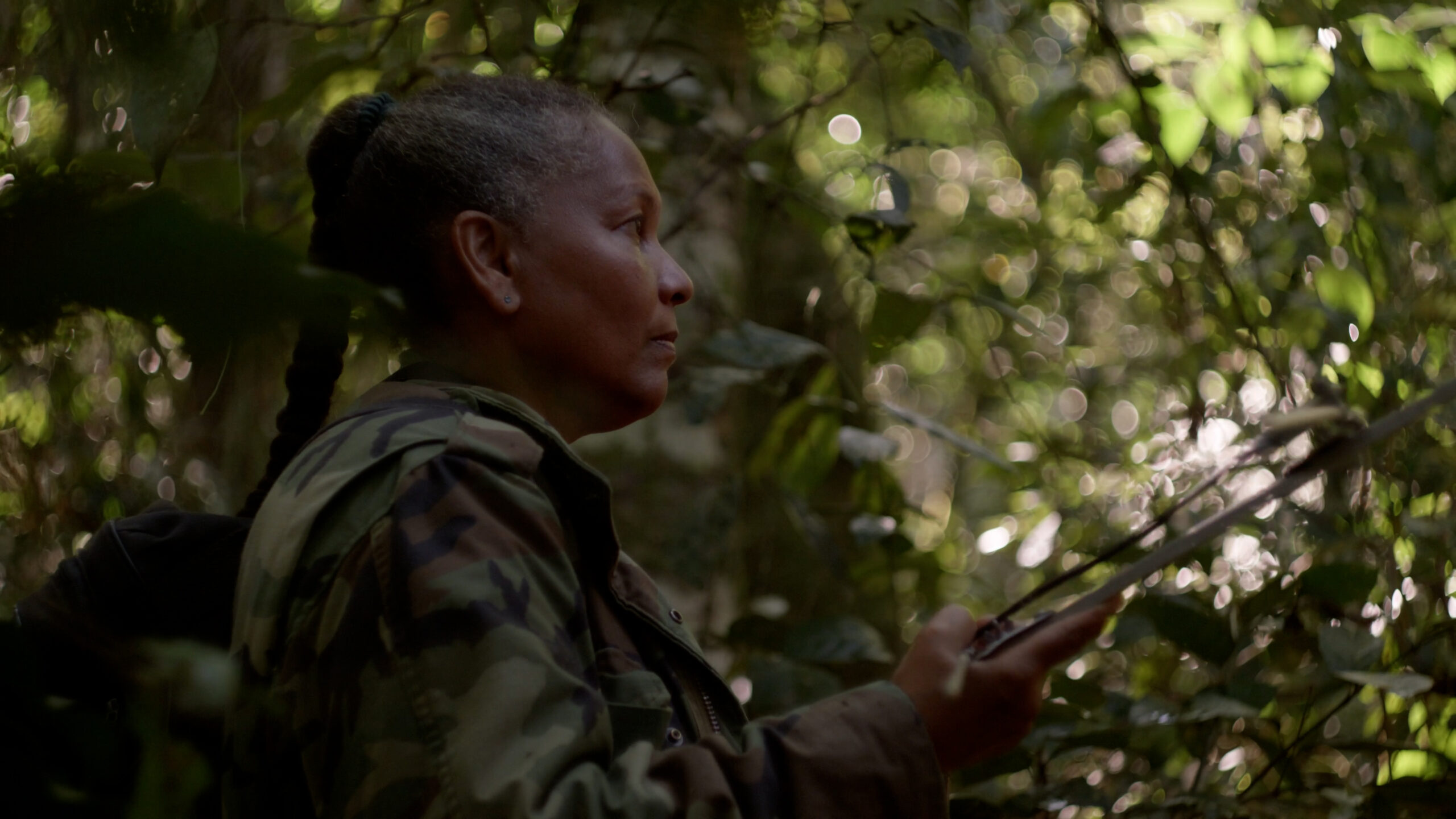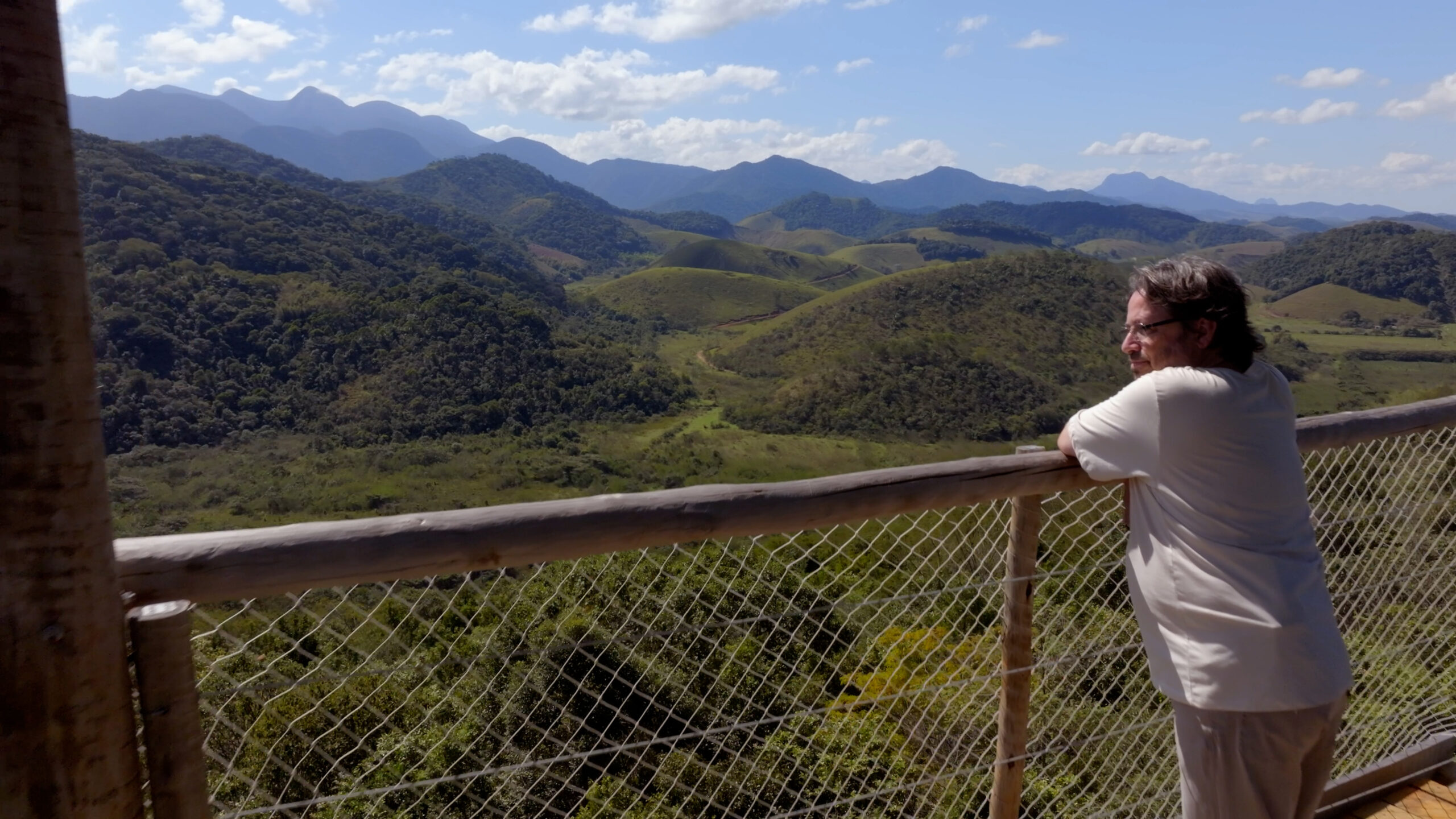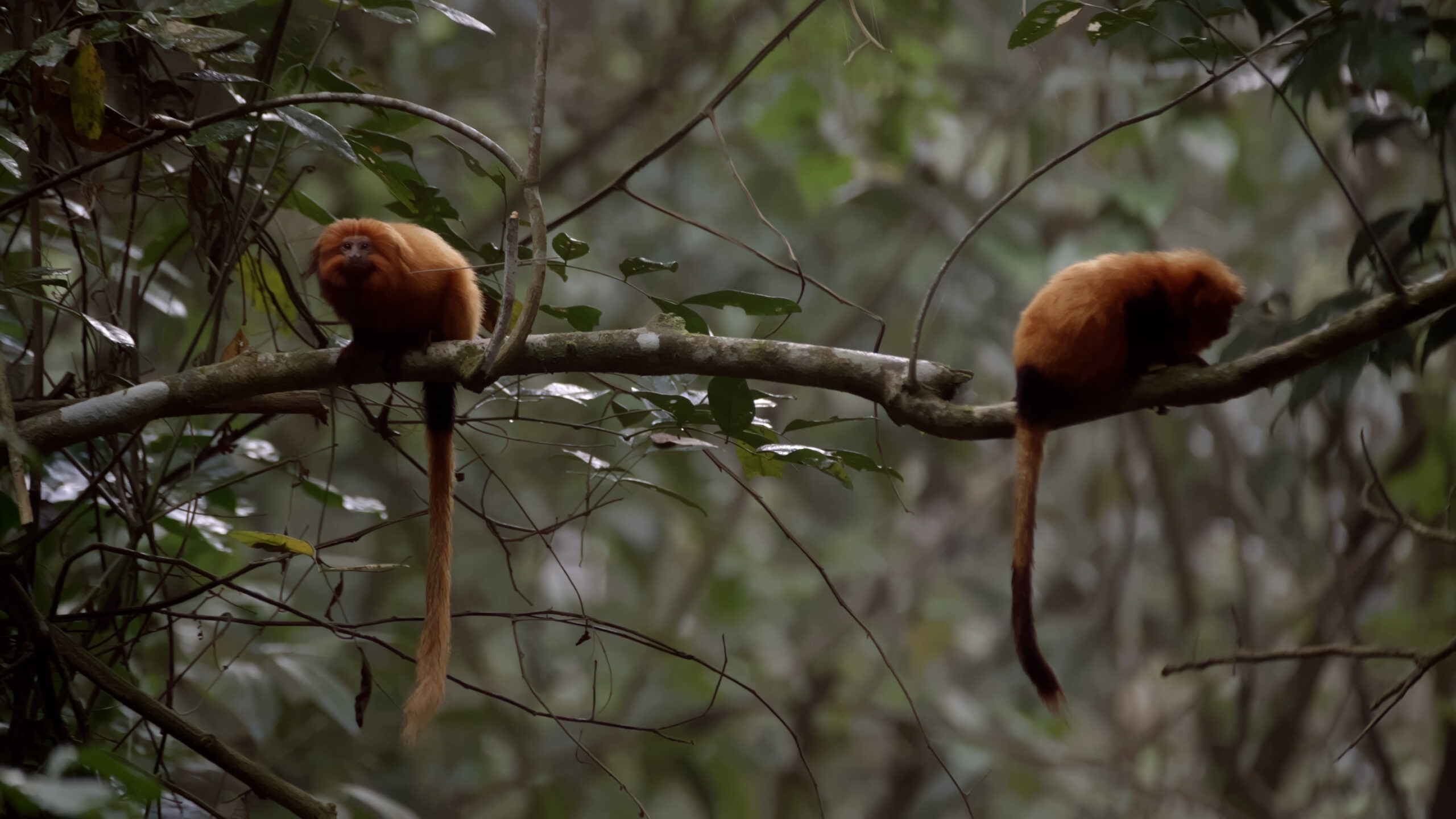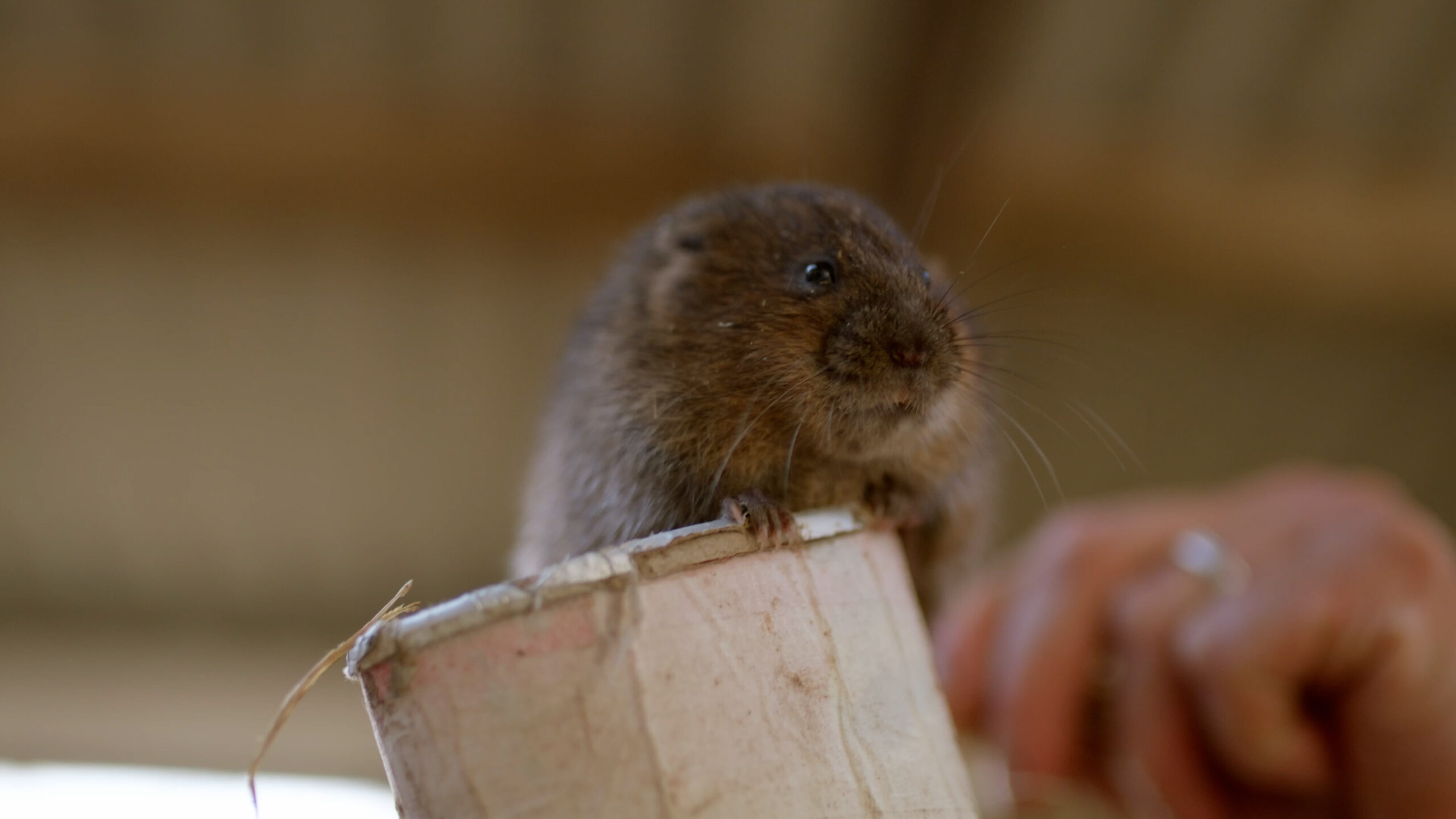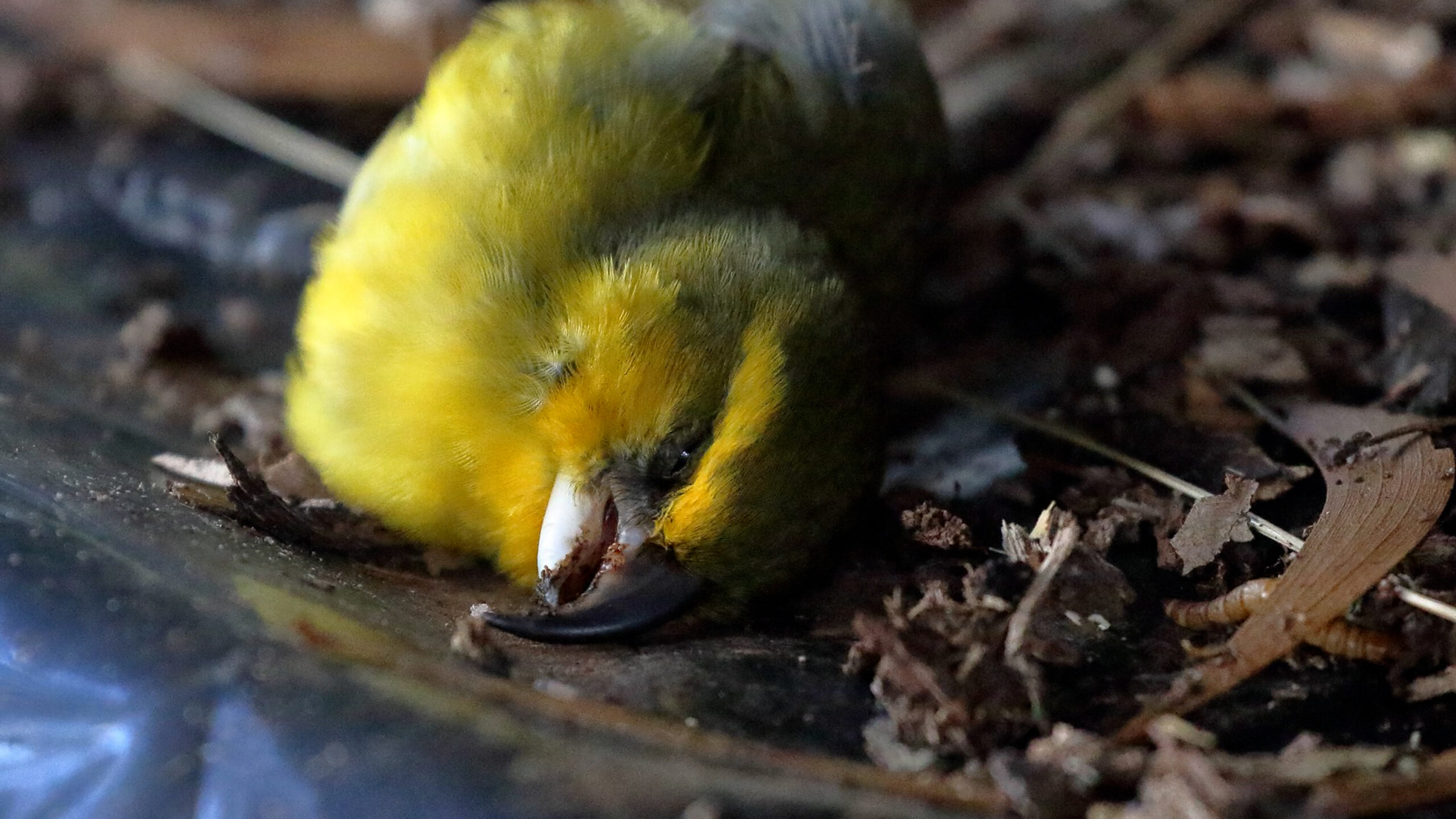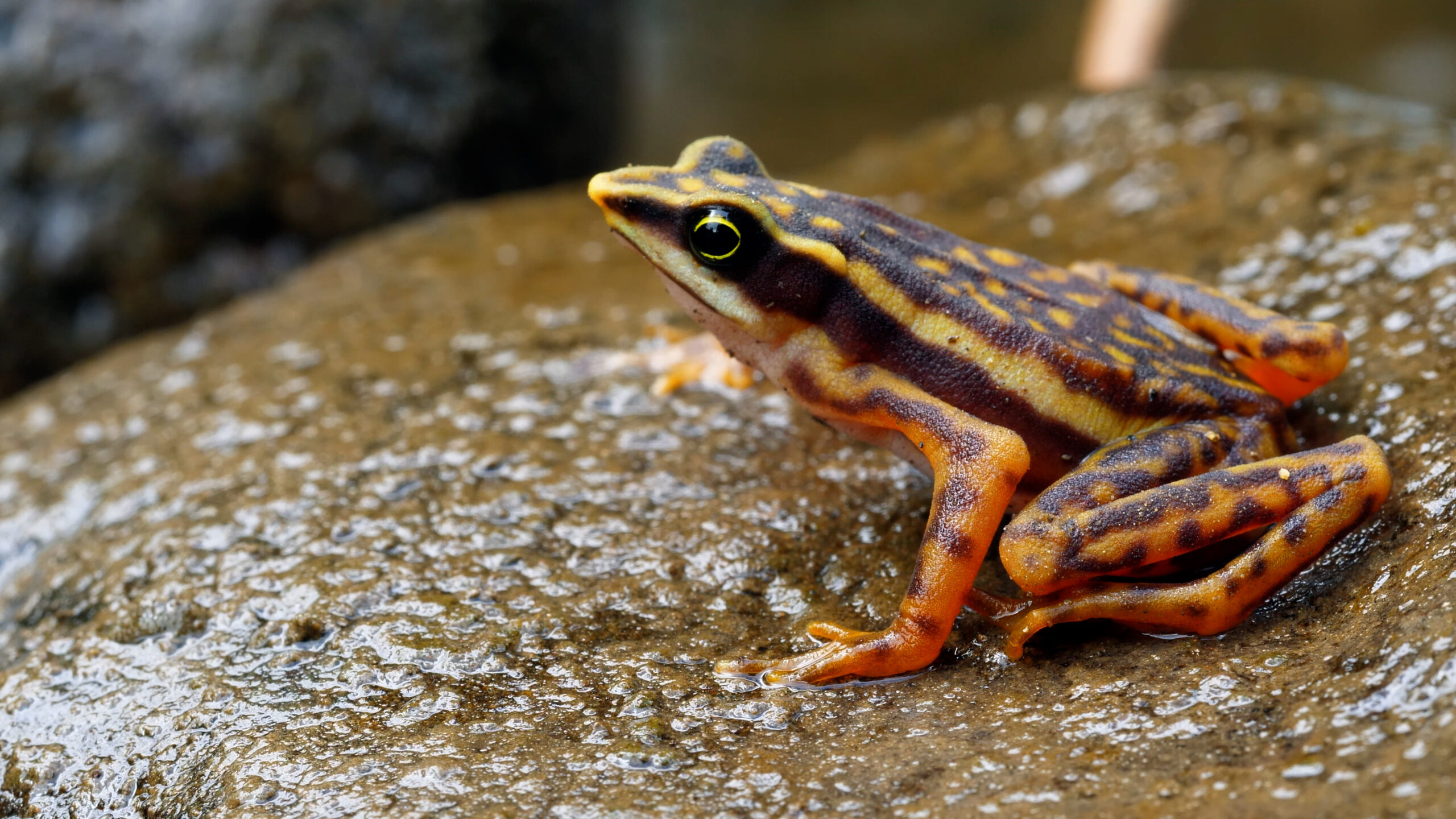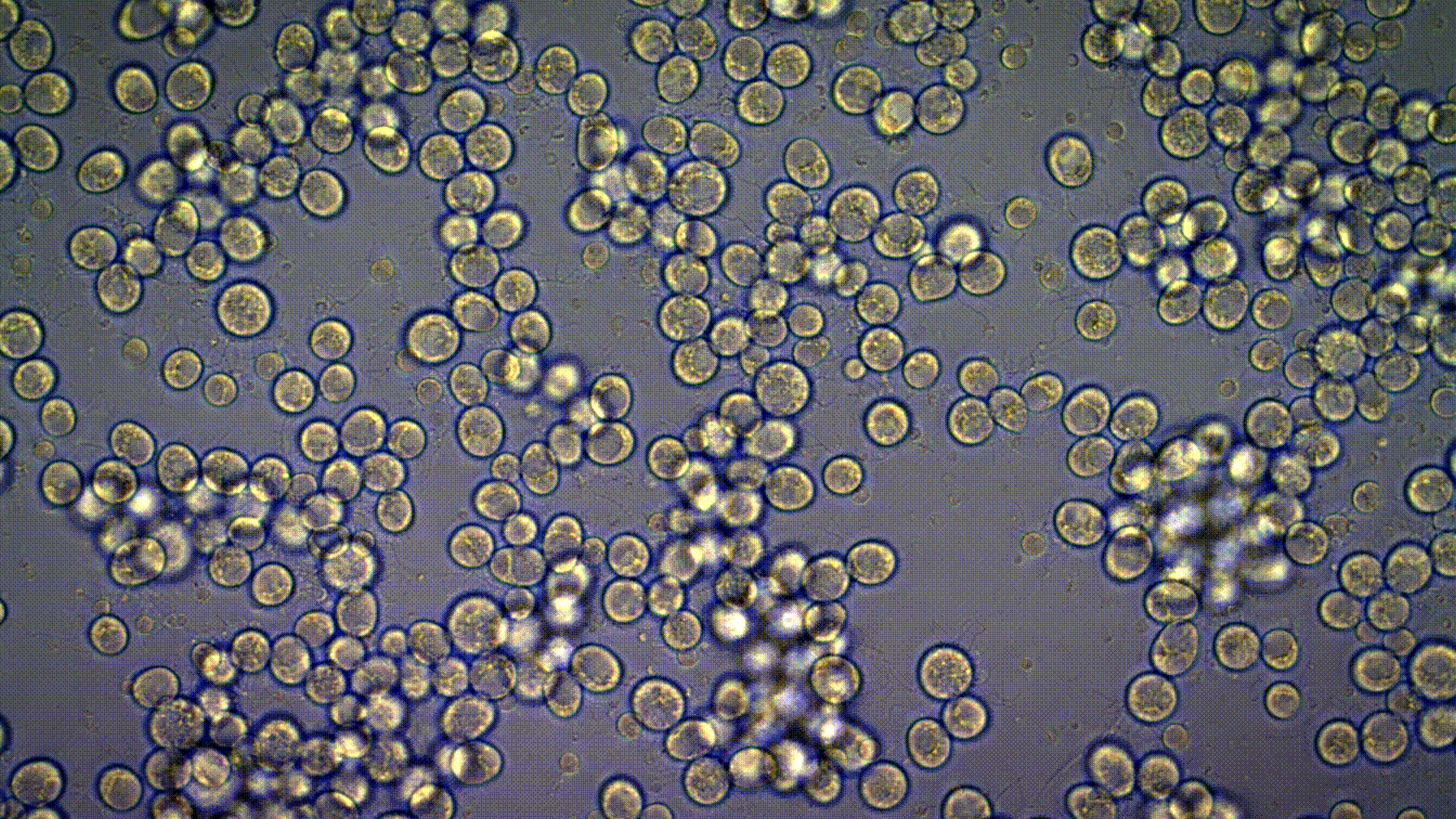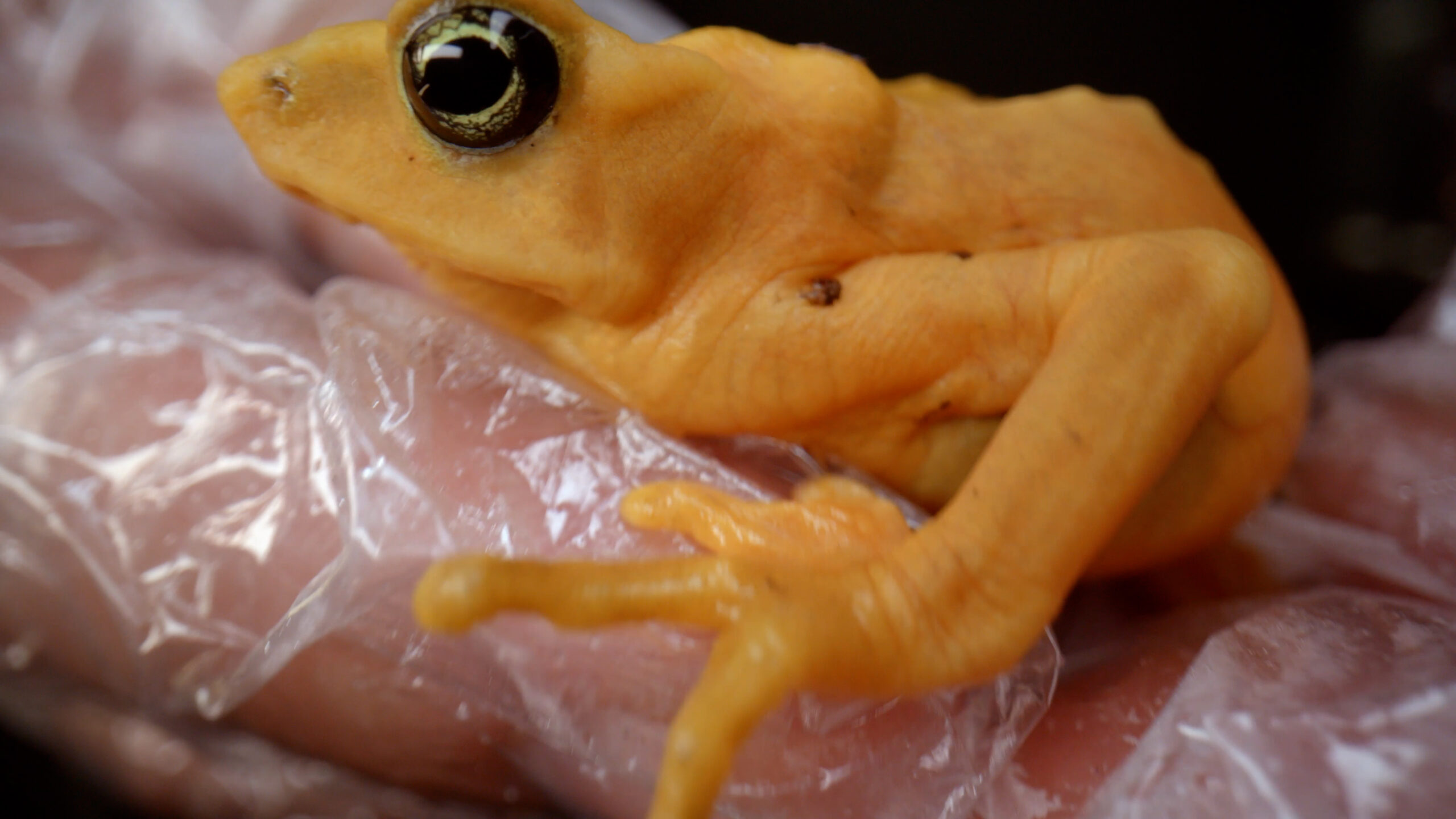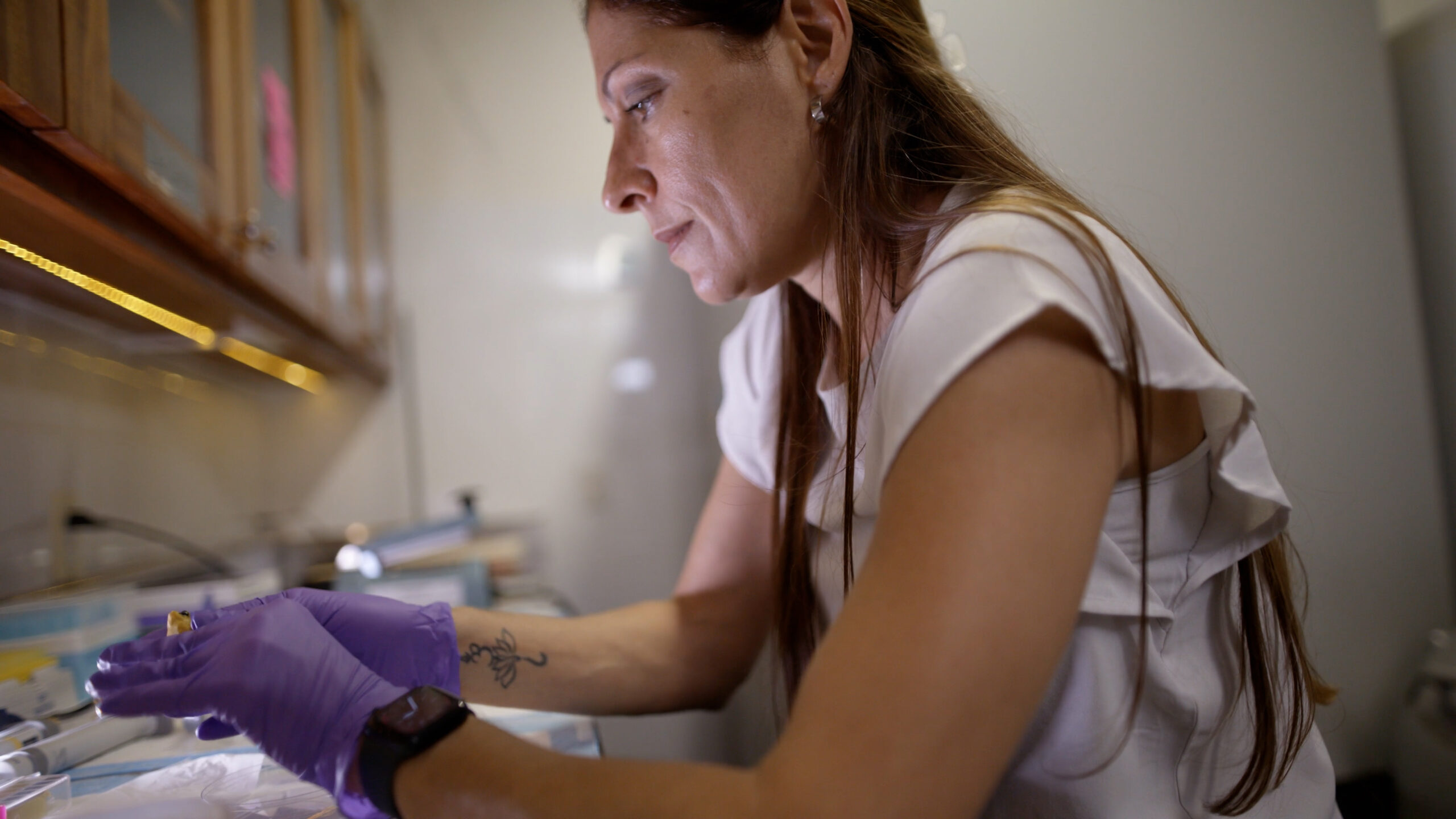Archives: Profiles
-
Andreia Fonseca Martins
Andreia started working with the conservation of the golden lion tamarin in 1983 as a volunteer in environmental education actions. In 1984, she became part of the golden lion tamarin reintroduction team. She is currently the coordinator of the field management of golden lion tamarins.
-
Marcos da Silva Freire
Marcos da Silva Freire has more than 30 years of experience in microbiology, with an emphasis on vaccinology. He is responsible for developing the yellow fever vaccine for golden lion tamarins.
-
Luís Paulo Ferraz
Luís is a geographer who graduated from São Paulo University in 1987. He began his career working for natural areas protected by heritage in São Paulo, especially Serra do Mar.
-
Zoos as Conservation Institutions
Zoos may be places where you can catch a glimpse of your favorite animal on a day out, but increasingly, they play an even more important role: as conservation institutions.
-
Genetic Diversity
One superpower species have to adapt to environmental changes is genetic diversity. Generally speaking, the bigger the population, the more genetically diverse it is. That’s because more individuals mean a wider variety of inherited traits, such as fur color or body size, giving them a bigger genetic toolbox to adapt to a changing environment.
-
Introduced Disease
When a disease is brought to a location where it wasn’t previously present, it is considered an introduced disease. Introduced diseases typically have a bigger impact on wildlife than native diseases, because exposed species haven’t had time to evolve natural defenses to fight off the novel pathogens.
-
Harlequin Frogs
Harlequin frogs (also called harlequin toads) are a group of beautiful, brightly-colored toads found in Central and South America. One species in particular, the Panamanian golden frog, is considered the national animal of Panama and a flagship species for amphibian conservation.
-
Chytridiomycosis
Chytridiomycosis — often called chytrid or BD — is a highly infectious fungal disease linked to the widespread decline of more than 200 amphibian species around the world.
-
Insurance Population
In conservation, an insurance population is a breeding group of endangered plants or animals kept in captivity to ensure that the species won’t go extinct, even if it disappears in the wild. Examples of insurance populations include the Panamanian golden frog and the golden lion tamarin of Brazil.
-
Gina Della Togna
Dr. Gina Della Togna is the Executive Director of the Amphibian Survival Alliance and a Research Associate of the Smithsonian Tropical Research Institute.
